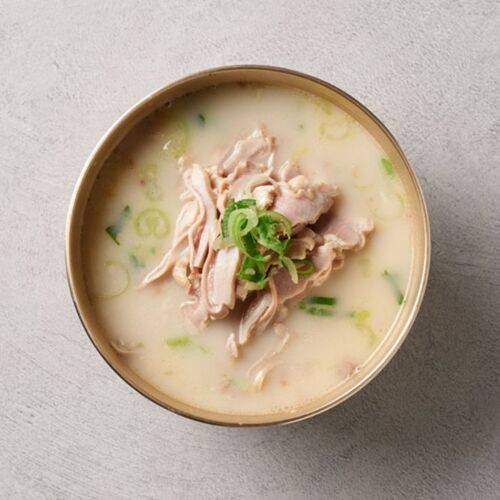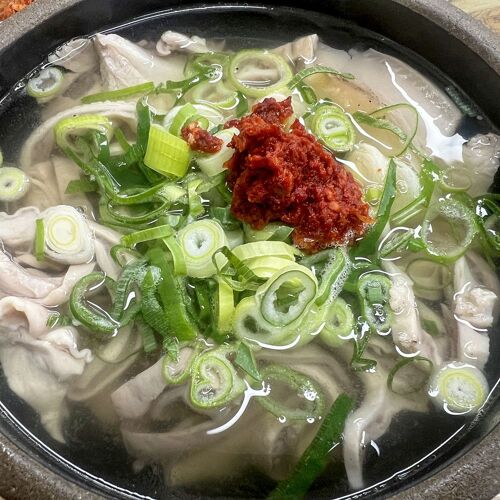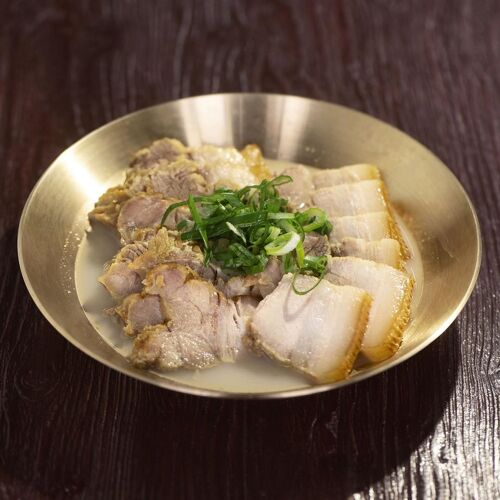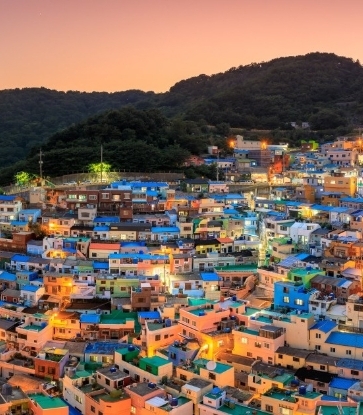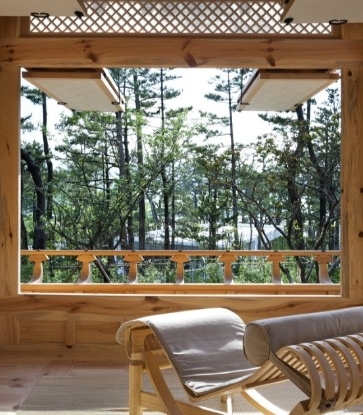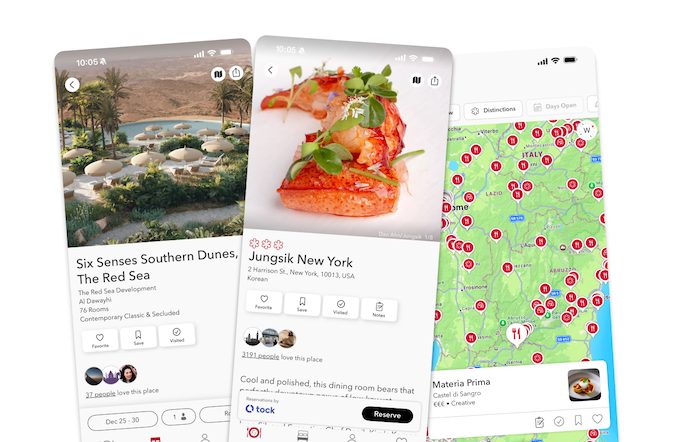In his mid-thirties, Heo Sung-tae left behind the security of a corporate career to audition for an SBS talent show, where he famously reenacted Choi Min-sik’s role in Oldboy. It was an unlikely debut for a latecomer to the screen, yet 11 years later, the South Korean actor would find himself acting opposite Choi himself in the Disney+ series Casino.
Over the years, Heo steadily built his name through gritty roles in Korean box-office hits such as The Age of Shadows (2016) and The Outlaws (2017). But it was Netflix’s 2021 global sensation Squid Game that truly etched his face into the collective memory of audiences worldwide as a compelling villain.
In July 2025, The Informant, featuring Heo in his first leading role, opened the New York Asian Film Festival. He looks back to walking the red carpet and says, “It felt like a dream.”
“I once worked an ordinary office job while dreaming of becoming an actor,” says Heo. “To be invited years later as the lead of an opening film at a grand theater like the Lincoln Center in the heart of Manhattan and to sit with the audience and watch my first starring role… For me, that alone was the realization of an enormous dream.”

In The Informant, Heo plays the role of a well-meaning yet bungling cop who must team up with a slick informant to take down a smuggling ring. Speaking of director Kim Seok, who made his feature film debut with the film, Heo says, “We wiped away tears; we didn’t need many words to understand exactly what the other was feeling and thinking.”
Looking back on his career, the screen star reminisces, “SBS’s Miracle Audition was the turning point that flipped my life 180 degrees. The Age of Shadows was the work that made me feel proud of calling myself an 'actor.' And Squid Game — that was the dreamlike, almost surreal project that put my name out into the world, like winning the lottery. In a way, I think Squid Game probably accounts for about 50% of why I was invited to this year’s New York Asian Film Festival.”
Behind the tough-guy image of his on-screen villains is something else: the unmistakable character of a “Gyeongsang Province man” rooted in Busan, where he was born. In The Divine Move 2: The Wrathful (2019), he left a strong impression as a gang member nicknamed the “Busan Weed,” and in 2021, he narrated the Busan MBC special documentary Rhapsody of the Port — all signs of a deep affection for his hometown.
These are the foods and places Heo most readily associates with summer in Busan.
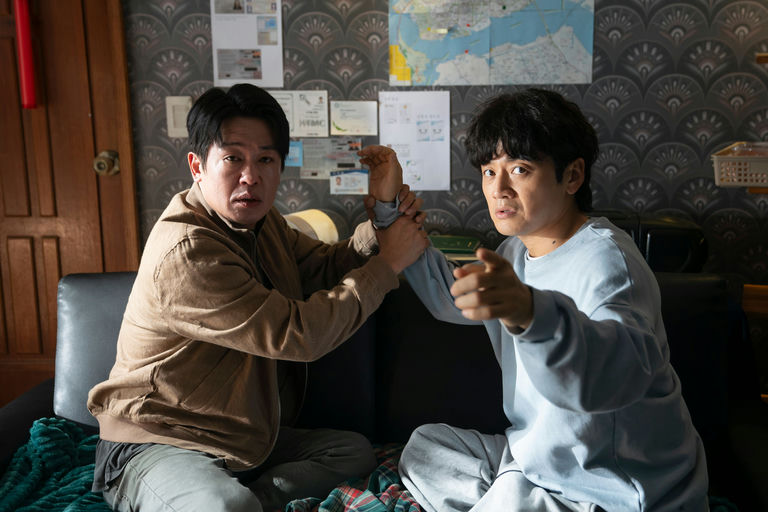
Extremes on the palate: chilled noodles and hot summer dishes
Having long played noir antagonists, Heo has recently taken on warm-hearted detective roles in comedies — from The Informant to the TV dramas Crash (2024) and Good Boy (2025).
“My mother always says, ‘You really live at the extremes.’ I once ranked first in my class, but I also ran away from home for a week and got suspended. I insisted on working instead of going to college, then, a month before the college entrance exams, I crammed and got into three universities in Busan,” Heo says.
“My acting patterns — and the roles I end up with — seem to mirror that. I used to play criminals, gangsters, villains all the time, and then suddenly in Crash, Good Boy, and The Informant, I’m the cop — the ‘symbol of justice ’— catching those very villains. That says it all.”
Much like his range as an actor, his summer food cravings split in two: cool restraint and fiery passion.

Milmyeon
In the swelter of a Busan summer, a bowl of milmyeon (noodles in chilled broth) is more than a local treat; it’s a survival strategy rooted in the city’s history.In the 1950s, refugees of the Korean War, longing for naengmyeon (cold buckwheat noodles), began making a substitute with wheat flour. Chewy noodles, deep broth, and a tangy sauce — this distinct regional bowl continues to evolve on Busan tables today.
“Among all the noodle dishes, milmyeon is number one for me,” Heo says — and he’s adamant that “there’s no such thing as a single must-go milmyeon place in Busan.”
“Most places are good, and the flavors are fairly similar. When someone tells me there’s a special milmyeon ‘it’ spot, I’m not easily convinced,” he says.
Dwaeji-gukbap
Another Busan essential is dwaeji-gukbap or pork rice soup.
“I really love dwaeji-gukbap and milmyeon,” Heo says. “I don’t drink anymore, but when I was younger, those were my go-to hangover cures.”
He recommends Jangteo Gukbap near Jagalchi Station. “Personally, I’m not a fan of opaque white broths. When they cool, that white layer congeals into fat. I prefer a clean, clear style of gukbap [rice soup], and Jangteo Gukbap’s broth is truly clear and pristine.”
For MICHELIN-recommended rice soup in Busan, head to Anmok, Hapcheon Gukbapjip, Jeongjitgan, and Namakzip.
Heat-meets-heat: ‘hot’ summer dishes
“As luck would have it, many of the dishes I love are served hot,” Heo laughs. While chilled dishes like milmyeon are a summer favorite among Koreans, there is also a time-honored tradition of iyeol-chiyeol, or fighting the summer heat with sizzling foods and drinks. Chief among them, the actor singles out agujjim (steamed monkfish) as a summer must.
Most people picture chunks of fish tossed in a spicy sauce, but Busan’s seasoned agujjim specialty spots often invite you to start with plain boiled slices of monkfish. Cut thick, pre-simmered flesh has a firm bite with a wash of brine and subtle sweetness — so clean it needs little else. As an appetite-teasing starter or as a drink snack, this plate is a hidden gem of a Busan-style agujjim spread. Some specialists even serve monkfish by cut, a detail connoisseurs appreciate.
At Hamjigol Agujjim on Yeongdo Island, Heo says, the plain monkfish is “silky, melt-in-the-mouth — honestly, a knockout. It’s delicious even as it cools down, which makes it perfect as a summer anju (dishes meant to be enjoyed with alcohol).”
Alongside agujjim, he recommends the traditional steamed dish of cod jowl or cheek (dae-gu ppol-sal) — with a note that “ppol-sal” is the Gyeongsang Province dialect for cheek meat.
He adds: “If you’re seeking true heat-for-heat in summer, I suggest ordering the spicy version at Kim Yu-sun Daegu Ppoljjim [in Daeyeon-dong].”
Related: JK Youn’s Busan: Savoring the City’s Flavors During the Busan International Film Festival

Quiet vistas to cool the heat
For all the extremes in his roles and in his summer cravings, Heo’s day-to-day life gravitates toward calm and composure.
“People think of Busan as fiery, loyal, and masculine; I’m actually the opposite — soft, timid, even a little fearful,” he says. “But that very contrast seems to work to my advantage, both as a person and as an actor. That’s probably why a character like Seo Tae-seok in Casino felt so right — playing a tough Busan-born villain has helped me more than once.”
He explains that “living at the extremes can be exhausting” but being able to embody those extremes is a gift for an actor. “It’s proof of range. Of course, there are things I need to work on. My personality is like that too — I don’t really have a ‘middle.’ Learning to find the center, to balance in performance — that’s a task I still carry with me.”
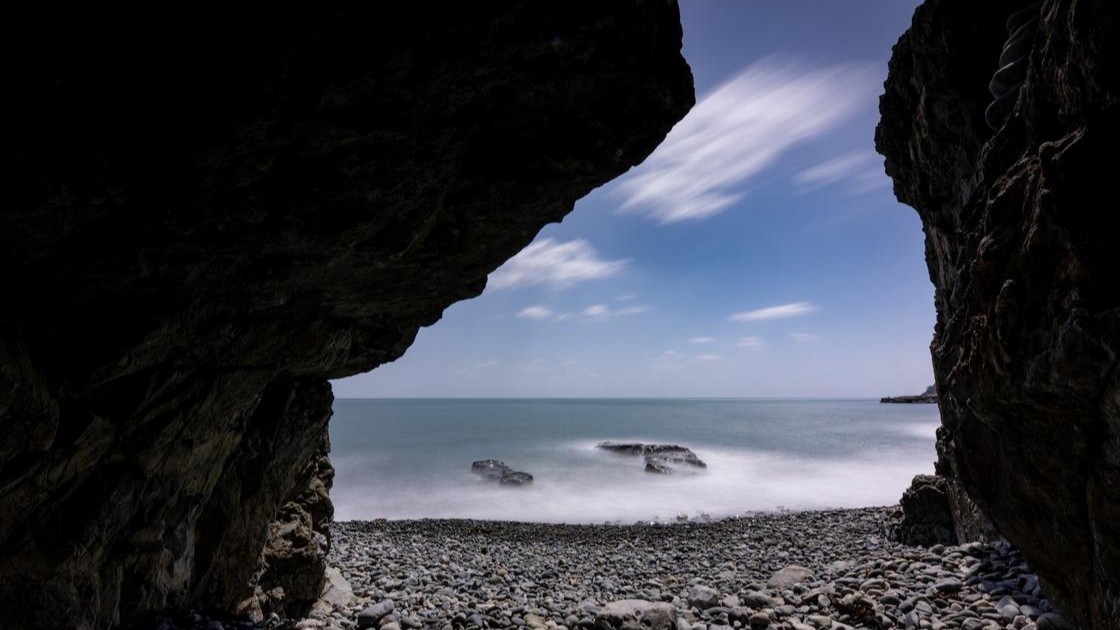
Igi-dae and Dadaepo Beach
“Busan is all about the sea, through and through. I even served in the army on coastal guard duty in Samcheok — waking up to the ocean probably got me through those tough days,” Heo recalls his time serving in the military, which is compulsory for Korean men.
“Heaving places like Haeundae and Gwangalli are great, but you’ll feel the real Busan when you find the quiet sea,” he says. “Because so many coastal areas in Busan are packed with infrastructure and popular hangouts, the crowded spots are the ones most people know. But I gravitate toward quieter stretches with room to breathe. That’s where you can enjoy Busan’s sea more fully — freely and deeply.”
“There are less-known spots — Igi-dae, Dadaepo, Molundae — where you can really soak up the hush of the water,” he adds.
The Igi-dae Coastal Walk is especially good for a tranquil stroll. “It’s an ideal shoreline path, and it’s calmer than many of the city’s famous lookouts. I’ve never been one for crowds. The views rival Dongbaek Island or Taejongdae.”
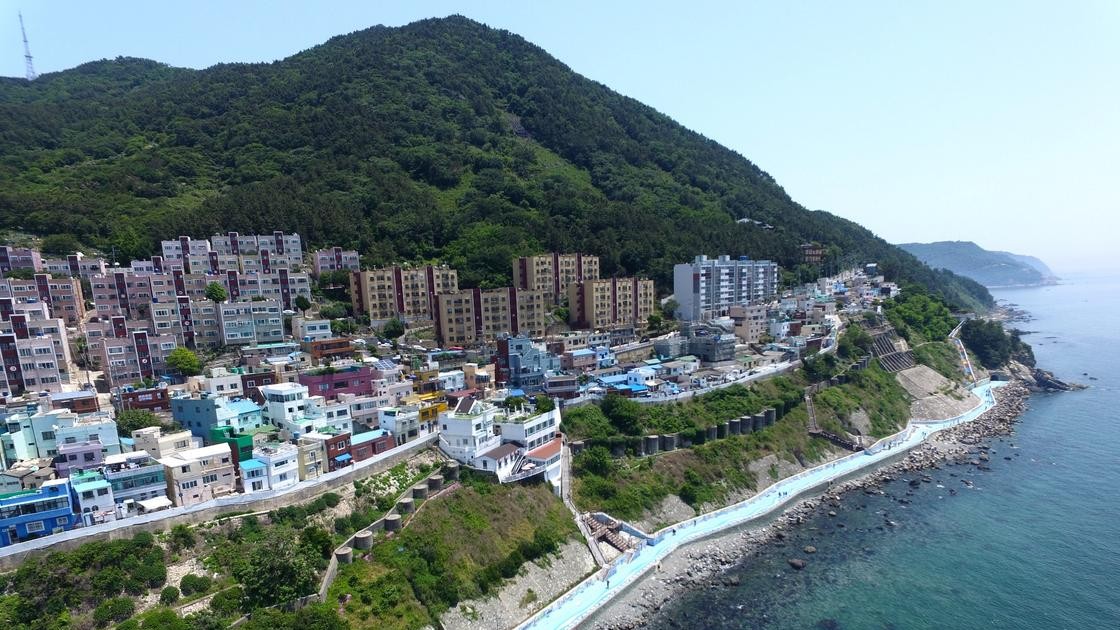
Yeongdo’s Haedoji Village and coastal trails
Haedoji Village, tucked along the foothills of Bongnae-san on Yeongdo Island, is known for rooftop observatories that command sweeping views of Busanhang Bridge and the North Port. Narrow alleys weave together sea breezes and murals, giving the neighborhood the feel of a living canvas.
Descend the hillside and you reach the Jeolyeong Coastal Promenade. The route passes a women divers’ enclave, a mural tunnel, a suspension bridge and Jungni Beach with its red lighthouse, collecting vivid seaside vignettes along the way. Climbing to the Jeolyeong Haerang-gil above the cliffs, you’ll pass 75 Square, a glass-bottom overlook, and several points where city skyline and sea unfurl together. Ending the walk at the village’s rooftop observatory is a lovely way to begin — or close out — a day in Busan.
This neighborhood also appears in Heo’s recent drama Good Boy as a setting for key emotional scenes. The rooftop lookout is featured as the “Cheonghakmaru Observatory” in the series — an intimate space that surfaces the protagonist’s inner life.
But the area isn’t only picturesque.
In the 1950s, during the Korean War, waves of refugees poured into Busan. Many built tents and shacks along Yeongdo’s cliffs and the slopes of Bongnae-san; today’s Haedoji Village and the nearby Huinyeoul Culture Village trace their origins to those provisional settlements. The district remained low-income for decades. Portions were spruced up in the 2010s, with murals, galleries and cafés, but traces of the past linger in weathered lanes, stairways and painted walls.
“It’s a housing-vulnerable area with a high elderly population and the history is a little heartbreaking,” Heo says. “But it’s been tidied up with charm, and the views across Busan are fantastic. It’s a wonderful place to take in the city lights at night.”
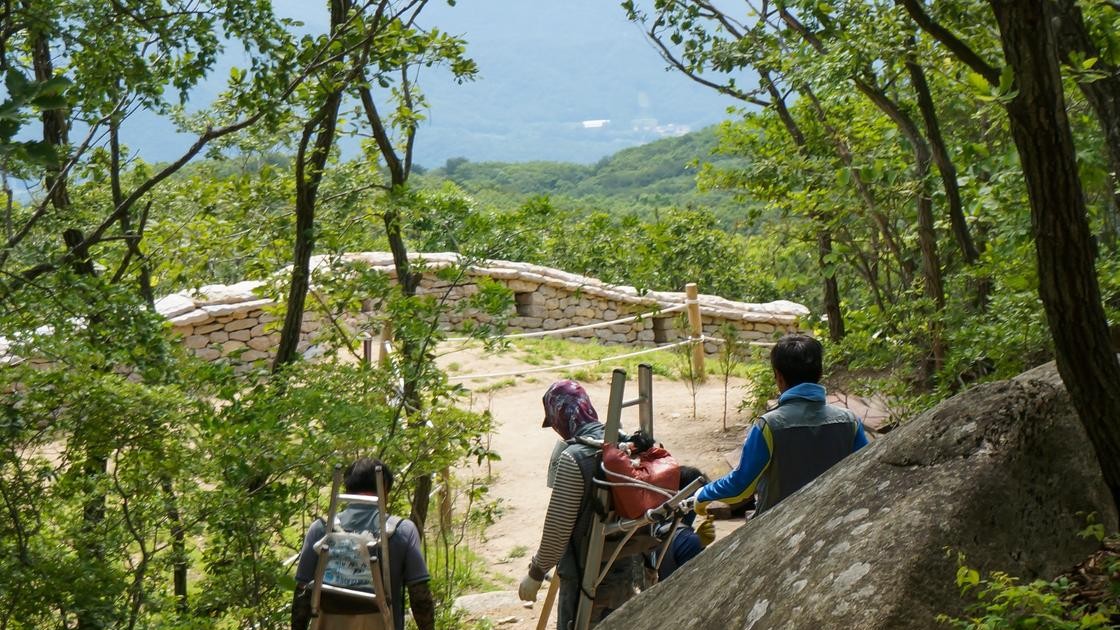
Geumjeongsanseong Fortress and college-day memories
Geumjeongsanseong is a stone rampart stretching 17.3 kilometers, ranking among the largest mountain fortresses in East Asia. Built in 1703 as part of Joseon-era defenses, it now offers a contemplative escape where forested walls frame distant seas.
The ring trails linking its four gates make for long, measured walks that feel like taking a deep breath of Busan’s inner self. Hiking routes include Godangbong, the 801-meter-high peak of Mountt Geumjeong; on a clear day, you can see the East Sea, the Nakdong River and even as far as Tsushima.
For Heo, Geumjeongsanseong is more than a landmark; it’s the backdrop to memories from his university days. “When I wanted to ditch class, that’s where I went to sprawl out,” he laughs. More precisely, he means Solbatjip, an outdoor, tavern-style eatery tucked in the fortress forest. “It’s the perfect mood for a bowl of makgeolli [rice wine].
“Sometimes it wasn’t that I skipped class and went there; it was that I thought of that place — and then skipped class.”
He remembers the smell of pajeon (green onion pancake) batter crisping on the griddle as you walk around the left-rear side of the Busan National University College of Education building. “With the jumble of outdoor tables tucked between trees and that little slice of nature, it’s the ideal spot for raising a glass and saying, ‘This is the life.’”
Heo singles out the duck as especially good, and recommends the place as one woven through with the romance and memories of friends — and of love — during those college years.
Though he now lives in Seoul and continues to work from there, Heo says he’d like to return to Busan someday:
“Busan has everything — sea, mountains and no shortage of warm-hearted people. When my younger years are past and it’s time to settle down, I definitely want to go back and live in Busan.”
Related: Artist Feeldog’s Busan is hyperlocal, sentimental—'home sweet home’



